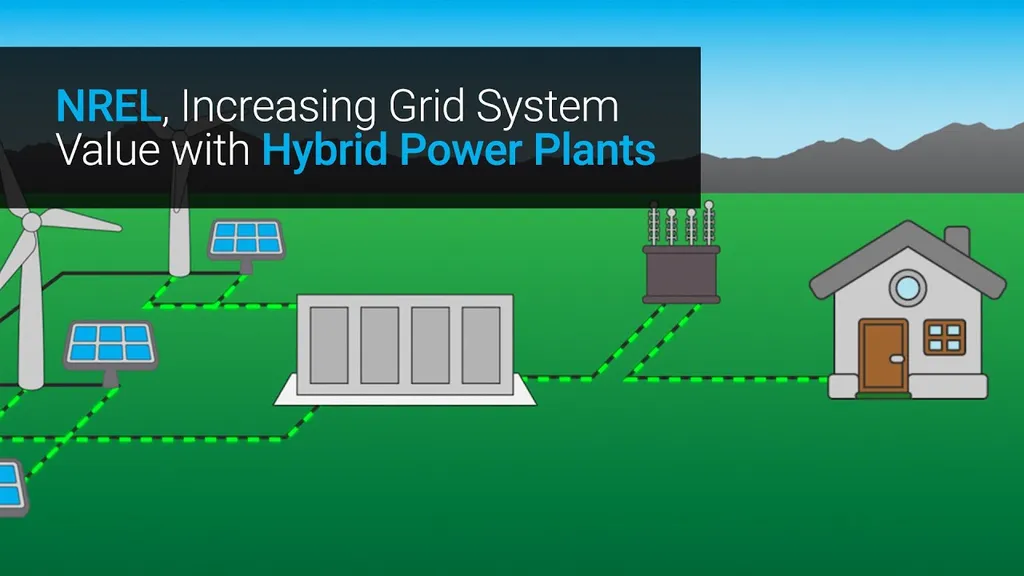Researchers from the U.S. Department of Energy’s National Renewable Energy Laboratory (NREL) have developed a new approach to managing hybrid power plants, which combine wind, solar, and battery storage systems. The team, led by Dr. Sayak Mukherjee and including Himanshu Sharma, Wenceslao Shaw Cortez, Genevieve Starke, Michael Sinner, Brooke J. Stanislawski, Zachary Tully, Paul Fleming, and Sonja Glavaski, has created a supervisory feedback controller that optimizes the coordination of these diverse energy sources to meet power demands.
The research, published in the IEEE Transactions on Control Systems Technology, focuses on an online feedback control design that does not require detailed knowledge about the models of each component. Instead, it uses gradient information of the cost and outputs with respect to the input control commands to update the control inputs. This approach allows the system to adjust the active power references of wind, solar, and storage plants to meet the power generation requirements set by grid operators. Importantly, the methodology ensures robust control performance even in the presence of uncertainties in the weather.
The team integrated the proposed supervisory control with a hybrid plant co-simulation engine called Hercules. This integration demonstrated the effectiveness of the control system in more realistic simulation scenarios, highlighting its potential for practical applications in the energy sector. The research provides a promising solution for managing the complexities of hybrid power plants, which are becoming increasingly common as the energy industry transitions towards renewable sources.
This development is significant for the energy industry as it offers a more efficient and reliable way to manage hybrid power plants. By optimizing the coordination of wind, solar, and battery storage systems, the supervisory feedback controller can help ensure that power demands are met consistently, even in the face of variable weather conditions. This can lead to improved grid stability and more effective use of renewable energy sources, ultimately contributing to a more sustainable energy future.
This article is based on research available at arXiv.

